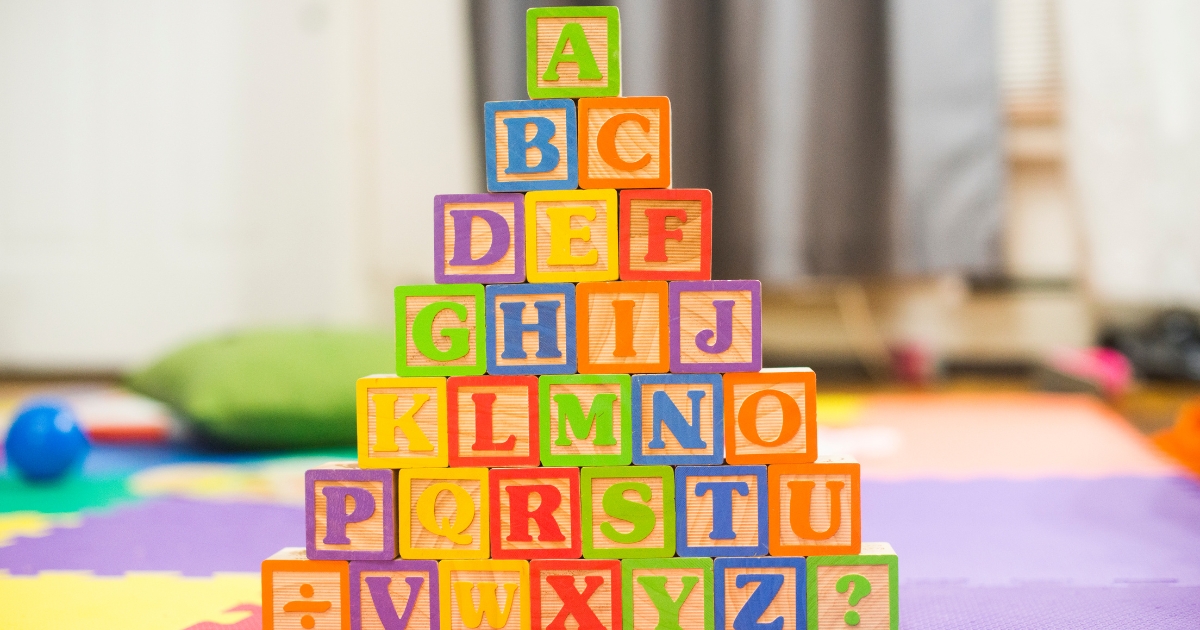Reading forms the foundation of learning, but helping a reluctant reader can be one of the most challenging tasks for parents who homeschool. The reasons behind a child’s resistance to reading vary—from a lack of confidence to limited interest in books—but the goal remains the same. Fostering a love of reading can open a world […]











